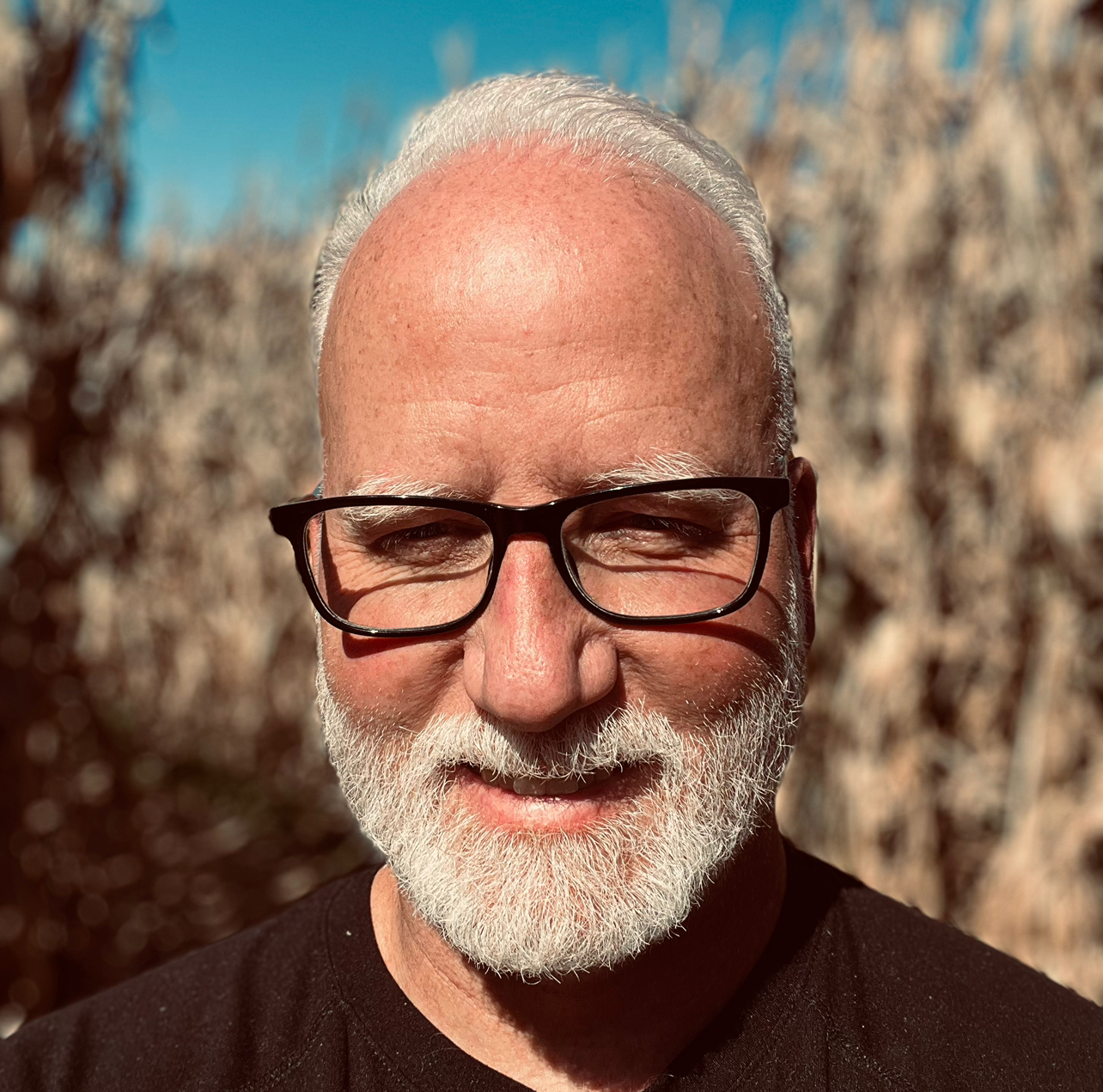- Register
- ☰
×
Don Shomette
540-577-7200
don@donshomette.com
Safe & Loved
Coaching/Consulting
Trainings
Free Resources
As leaders, parents, and trusted adults we’re under pressure to immediately say something when bad things happen like a disturbing behavior, threat, or harmful event. What you say and how you say it matters.
Those you love and lead need to hear from you.
They need to know what happened and that everything will be okay.
Quick, helpful action on your part helps to reduce rumors, anxiety, and fear.
Follow this formula.
Structure your response in 3 parts and it will dramatically help you help those who mean the most to you.
someone warns you about a threat?
1. What do we know
2. What did we do
3. What are we going to do
1. What do we know.
Start with facts. Only confirmed information. Leave out rumors, assumptions, or anything still being checked. If you can tell them, tell them and be precise.
Example:
Earlier this morning, at approximately 8:45am, a 6th grade student reported that he overheard another student say, “I wish a school shooting happened here.” The two share the same math class. The student who heard it reported it to his teacher and the teacher passed that warning on to me at 9:15.
2. What did we do.
Let people know exactly what actions have already been taken to protect students and staff. Be specific but do not share details that could interfere with the response.
Example:
I immediately called a safety pause, contacted key leaders, and initiated a student safety assessment. By 9:18, we had the student who made the statement separated from other students, his backpack, and his locker. We called his parents. We’ve questioned him and he stated that it was only a joke. We did a quick search of his locker, backpack, and computer history. At this time we have not found any other troubling behaviors. With that in mind, the current risk level is low. He has been suspended for 3 days. It may be stretched to 5 depending on what we find out going forward. I asked each of his teachers to fill out a 4 Categories of Life worksheet. I’ve received those back and we are processing that information now.
3. What are we going to do.
Explain the next steps. Let people know what to expect, when they will hear more, and what support is available.
Example:
We’re going to conduct a comprehensive student safety assessment to look for any other indicators of danger. The student is not to be in school for at least 3 more days. I will tell you if that changes to 5 days. If you see him on the property, please report that immediately.
We’re going to continue to work closely with the parents.
Regardless of what we find, we will initiate an intervention and growth plan. What we need from you is your support. Please keep doing what you’re doing. Continue to be vigilant and share anything that appears to be a threat.
This is exactly how it’s supposed to work.
A student heard something and reported it and the teacher shared it immediately. I’m proud of you.
If you have any information that you’d like to share, please contact me directly. Same goes for questions. Each morning for the next 3 days I will be in my office 30 minutes before the kids arrive if you’d like to talk.
Last thing—the student may have made a mistake or it may be something more. We’re going to find out. If it was a mistake, and I hope it was, I will need your help in helping him learn from this mistake. Please do not share anything online. Please be patient. I will continue to give daily updates for those who would like to meet briefly after school.
Use this formula everywhere.
When communicating with staff.
One-on-one for serious topics.
Conversations with parents.
Personal or family situations that are high anxiety or fear inducing.
Use it anytime you need to clearly explain a situation where safety or trust is on the line. It helps you and those you love and lead by providing structure, enhancing your credibility, encouraging unity, and reducing fear and anxiety.
What do we know.
What did we do.
What are we going to do.
If you're facing a safety issue and need help crafting a clear response,
just reach out. We're happy to help.
Call or text 540‑577‑7200.

Join the Safe & Loved Community and get more tips